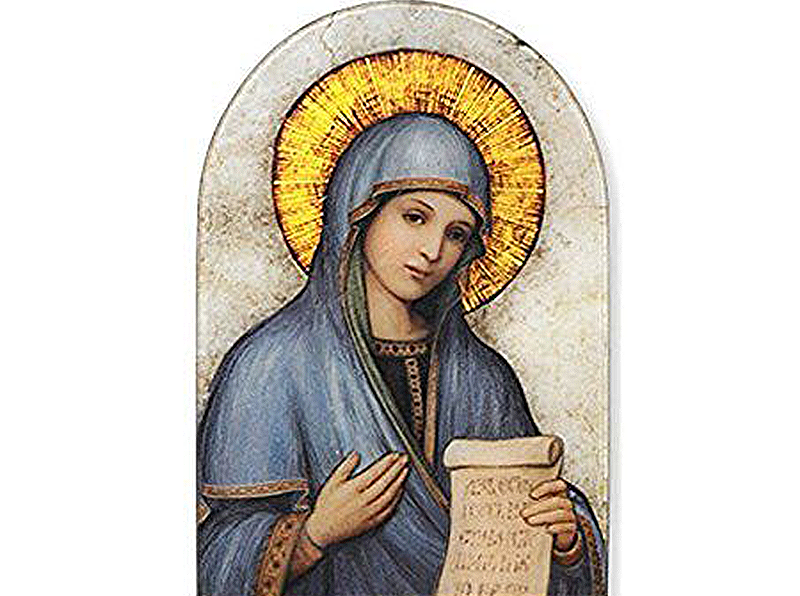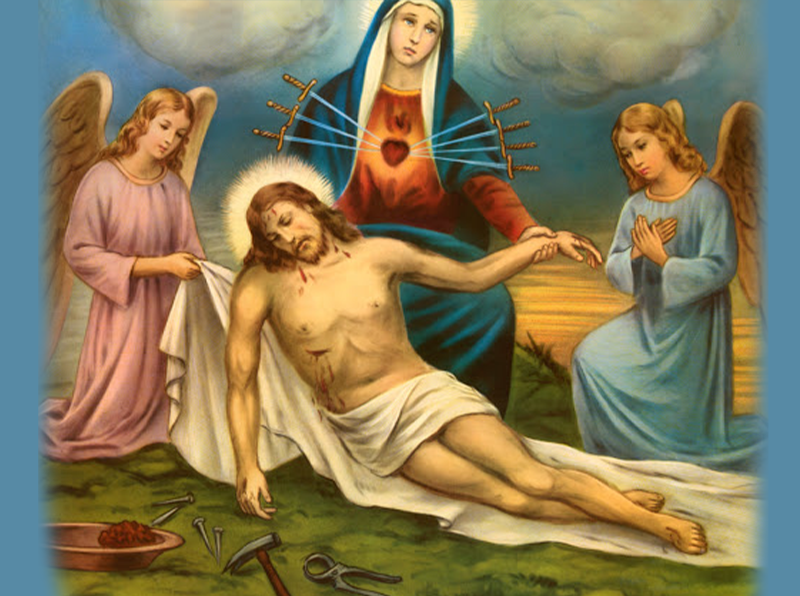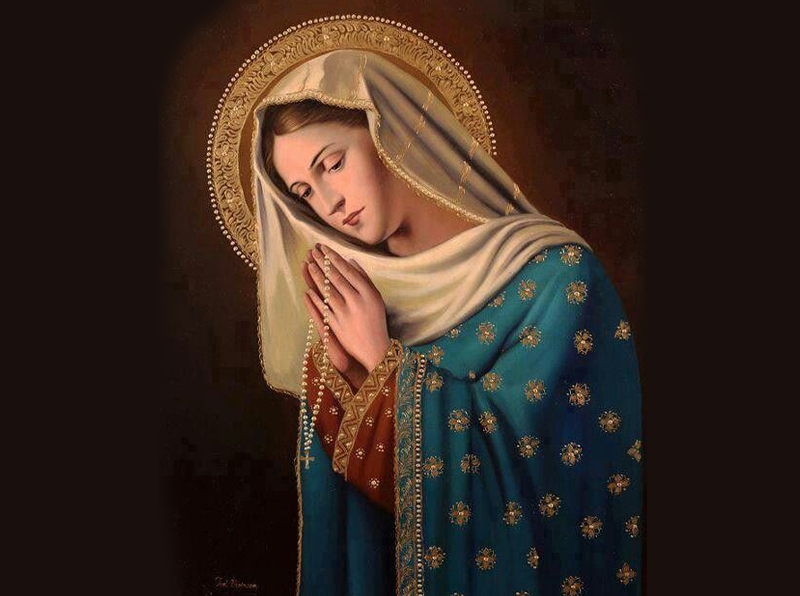
History[edit]
In 1482, Pope Sixtus IV commissioned the construction of the church of Santa Maria della Pace on the foundations of the old Sant’Andrea de Aquarizariis.
There are many papal encyclicals asking Mary to intercede for peace. During the troubled years of World War I, Pope Benedict XV added Our Lady of Peace to the Litany of Loreto.
France[edit]
The traditional story holds that in the early 1500s in France, a certain Jean de Joyeuse presented the statue as a wedding gift to his young bride, Françoise e Voisins. The statue was known as the “Virgin of Joyeuse”, and became a cherished family heirloom.[1]
Around the year 1588, Jean’s grandson, Henri Joyeuse, joined the Capuchin Franciscans in Paris and brought the statue with him, where it remained for the next 200 years. With the olive branch in her hand and the Prince of Peace on her arm, the statue was called Notre Dame de Paix (Our Lady of Peace). In 1657 the Capuchin community erected a larger chapel to accommodate the growing number of faithful who sought her intercession. On July 9 that year, before a large crowd which included King Louis XIV, the papal nuncio to France blessed and solemnly enthroned the Virgin’s statue. Pope Alexander VII would later designate this date for the Capuchin community to celebrate the feast of Our Lady of Peace.[1]
During the French Revolution, which erupted in 1789, the Capuchins were driven from their monastery. They took the image with them to prevent its destruction by the ransacking rebels. When peace was restored in the land, the statue was brought out of hiding and entrusted to Peter Coudrin, a priest in Paris. In 1800, Coudrin and Henriette Aymer de Chevalerie became co-founders of a community of sisters, brothers and priests — the Congregation of the Sacred Hearts of Jesus and Mary and the Perpetual Adoration of the Blessed Sacrament. The members were also known more simply as the Picpus Fathers or Sacred Hearts religious. Coudrin gave the statue to Mother Aymer, who enshrined it in a convent chapel in the Picpus district of Paris on May 6, 1806.
Excluding its pedestal, the figure of dark hardwood is 11 inches tall, and is fashioned in the Renaissance style of the period. Mary is depicted as a dignified matron, with the Christ Child on her left arm and an olive branch in her right hand.[1]


